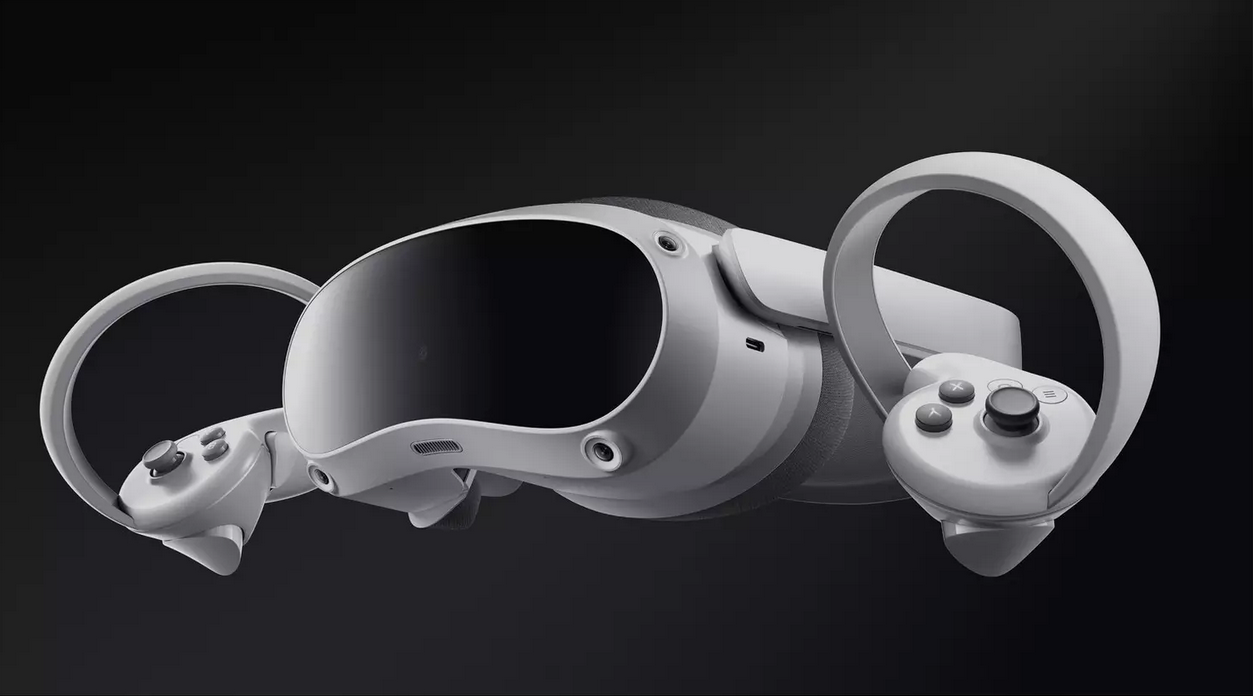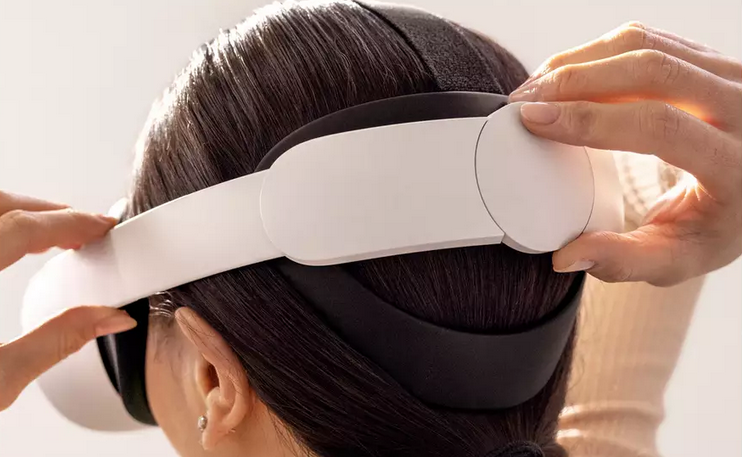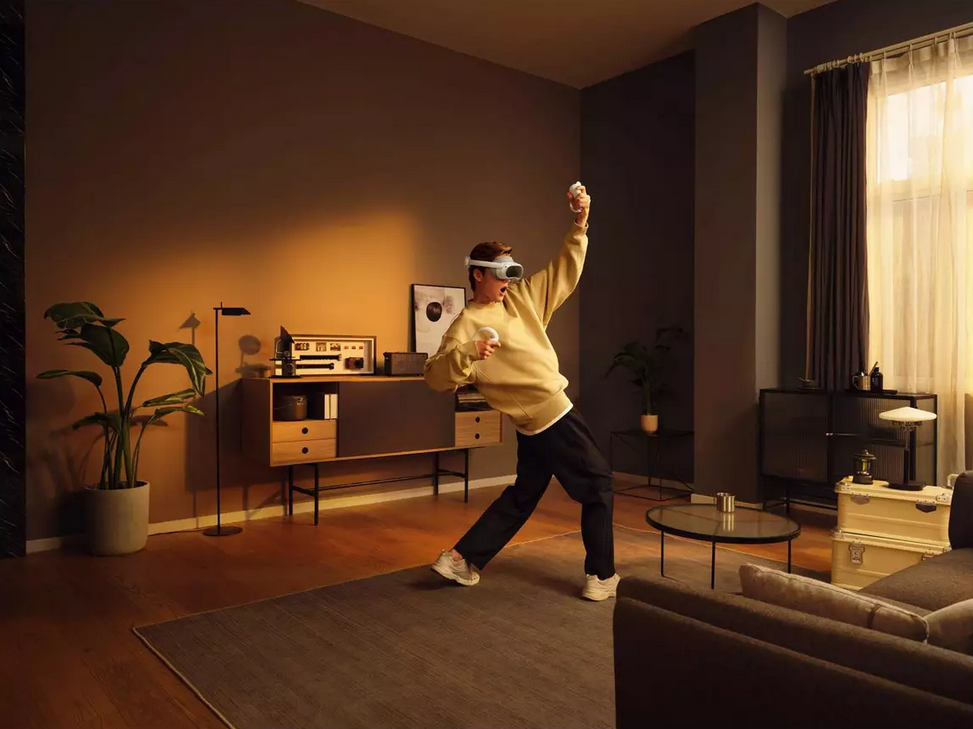
You may have heard the term ‘Virtual Reality’ or ‘VR’ over the past few years. It has become increasingly popular and a way for us to engage with and experience digital content through immersive simulations. The most common way to do this is through VR headsets. In this article we look at understanding what VR headsets are.
Understanding VR headsets
VR headsets are headsets which are designed to allow users to become immersed in the virtual reality simulation. The structure is generally a headset which covers the eyes and ears. By doing this, the headset can make the user feel and believe like they are actually present within the virtual reality.

Components which make up the VR headset
There are multiple components which make up the whole VR headset. Whilst the design may vary depending on your model, most headsets usually have the following components:
- Display: This is the part of the headset which allows the user to see the virtual world. It normally consists of 2 screens; 1 for each eye. This helps to create a 3D image for the user.
- Tracking Sensors: The headset will come with tracking sensors to allow the device to track your movements. This is important so that the headset can react and make the virtual world respond to your actions.(E.g., looking up and down)
- Audio System: VR headsets usually have headphones attached to them to allow the user to be immersed in the sounds of the virtual reality alongside the imagery. This makes the experience even more realistic.
- Input Controls: The device normally comes with a form of input controls. These will normally be handheld controllers or joysticks. These are important for the user so that they have a way of interacting and controlling elements in the virtual world, making it a more enjoyable experience.
What can VR headsets be used for?
The different ways VR headsets can be used is quite varied. Ultimately, it is opening a portal for the user to any virtual reality they want. Here are some examples of the uses it can provide:
- VR Gaming: The most popular application of VR headsets at the moment is gaming. There are an increasing number of games available on VR. It also opens the gaming world up further for developers as it brings a new way to play games.
- Entertainment/Media: If you’re a film lover, then you can also enjoy media in VR. Some films and videos are produced to provide a fully immersive cinematic experience allowing the viewer to see all angles.
- Education: You can learn things via VR. Whilst reading books or watching videos is a good learning method for some, VR can allow users to have an almost hands-on approach to learning through an immersive environment.
- Healthcare: VR can also be used in healthcare as a distraction during procedures. For example, it can be used to help manage anxiety and fears in children when they are getting their jabs as it distracts them from the procedure.
- Architecture: VR is becoming popular to explore properties and areas. Have you ever been on a website and took a virtual tour of an area? Well, with VR you can do this but with your headset so you can have an immersive tour from the comfort of your home.
- Social interaction: VR can also allow users to meet other people from all over the world without the need to travel anywhere. There are online chat rooms and games that can be played with others. Of course, always remember to stay safe online and we recommend keeping your personal details private when talking to new users online.

Conclusion
VR headsets’ growing popularity is a sign of further growth and development of virtual reality. With many fun experiences to be had with the technology, such as gaming and social interactions, we can only imagine what is next in the realm of VR. There are many different brands and designs of VR headsets available, so if you are looking at exploring VR we recommend checking which one is most suitable for you.
You can check out all of our VR headsets here.